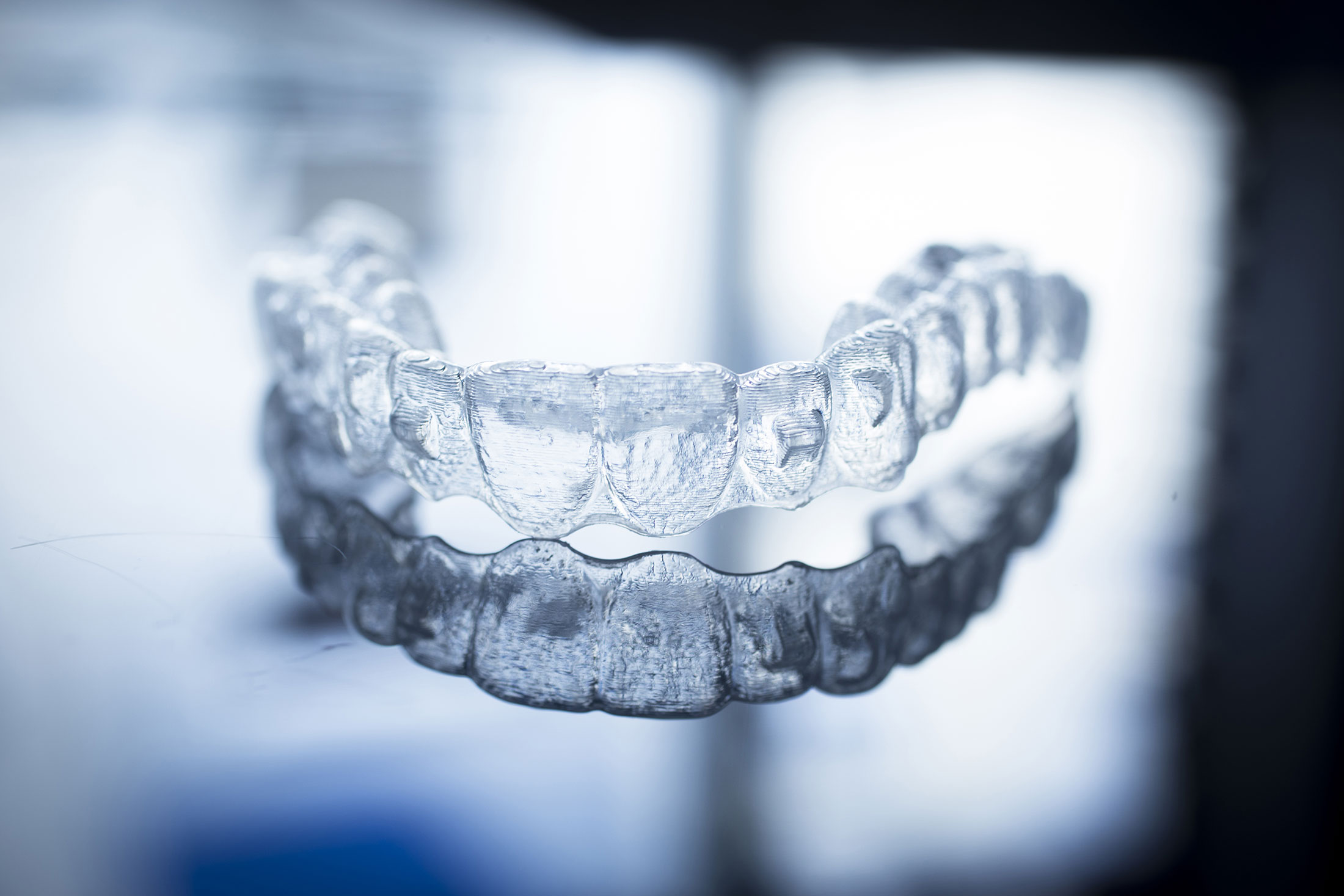Legacy Orthodontics - Questions
Legacy Orthodontics - Questions
Blog Article
Facts About Legacy Orthodontics Uncovered
Table of ContentsAbout Legacy OrthodonticsThe Legacy Orthodontics IdeasA Biased View of Legacy OrthodonticsIndicators on Legacy Orthodontics You Need To KnowThe 6-Minute Rule for Legacy Orthodontics
In addition, we offer adjustable treatment routines, versatile settlement options and a fun, satisfying experience.An orthodontist is a dental practitioner trained to identify, prevent, and deal with teeth and jaw abnormalities. They correct existing conditions and are trained to determine problems that may establish in the future. Orthodontists deal with people of all ages, from children to grownups. Individuals usually associate an ideal smile with great wellness.
Malocclusion, or misaligned teeth, can bring about oral issues, including dental cavity, gum tissue condition, and challenging or painful eating. Not everyone is birthed with straight teeth. If you have a negative bite or huge areas between your teeth, you might desire to get in touch with a dental practitioner specializing in orthodontic care.
10 Simple Techniques For Legacy Orthodontics
( Picture Credit Score: DigitalVision/Getty Images) Orthodontists use dealt with and removable oral devices, like dental braces, retainers, and bands, to change the position of teeth in your mouth. Orthodontic treatment is for dental irregularities, including: Misaligned teethBite problems, like an overbite or an underbiteCrowded teeth or teeth that are as well far apartJaw misalignmentThe objective of orthodontic treatment is to improve your bite.
A healthy bite guarantees you can eat, chew, and speak effectively. While you may think about orthodontists as mostly for kids or young adults who need braces, they can fix dental problems at any kind of age. Orthodontists attend college, dental institution, and orthodontic institution. After graduation, they spend 2 or 3 years in an orthodontic residency program.
All orthodontists are dental professionals, however not all dentists are orthodontists. Orthodontic residency programs provide extensive, focused guideline for oral experts. They focus on two areas: Exactly how to correctly and securely move teeth Exactly how to properly lead growth in the teeth, jaw, and faceOnce an orthodontist has completed training, they have the alternative to become board licensed.
The 15-Second Trick For Legacy Orthodontics
Imbalance, or malocclusion, is one of the most usual reason people see an orthodontist. It is hereditary and is the result of size distinctions between the top and reduced jaw or between the jaw and teeth. Malocclusion causes tooth overcrowding, a twisted jaw, or irregular bite patterns. Malocclusion is typically treated with: Your orthodontist attaches steel, ceramic, or plastic square bonds to your teeth.
Some people require a headgear to assist move teeth into line with stress find out here now from outside the mouth. A retainer is a custom gadget that keeps your teeth in location.
They can create added area in the mouth without having to draw teeth. Orthodontists use cables, surgical screws, or plates to sustain your jaw bone.
You may need to see an orthodontist if you have: Crowding or otherwise sufficient space for every one of your teethOverbite, when your upper teeth come by your base teethUnderbite, when your base teeth are too far forwardSpacing or issues with gapsCrossbite, which is when your upper teeth fit behind your base teeth when your mouth is closedOpen bite or a vertical gap between your front base and upper teethMisplaced midline, when the facility of your bottom and top teeth don't line up Fixing a dental malocclusion can: Make attacking, chewing, and talking easierImprove the balance of our face and your general appearanceEase discomfort from temporomandibular joint conditionsDifferent your teeth and make them easier to cleanse, helping avoid tooth degeneration or dental caries It's typically a dental professional that initially notifications misaligned teeth during a regular examination.
The Best Strategy To Use For Legacy Orthodontics

Throughout your initial orthodontic consultation, you'll likely have: An oral examPhotos taken of your face and smileDental X-raysPanoramic (360 level) X-rays of your face and headImpressions to produce molds of your teethThese tests will certainly help your orthodontist understand how to proceed with your therapy. leesburg orthodontist. An orthodontist is a dentist who's had training to treat your teeth and jaw
Orthodontists may execute surgical procedure, exams,X-rays,and even more to assist you attain an extra comfy, much healthier smile. An orthodontist is concentrated on your bite, so something like a broken tooth would certainly be handled by a dental expert. Orthodontists are dental practitioners however not all dental professionals are orthodontists. Orthodontists are concentrated on your bite, or the means your teeth meshed, and the straightness of your teeth.
Ever wondered how celebs always appear to have completely straightened teeth? Orthodontists are oral professionals who focus on correcting abnormalities in the teeth and jaws.
The Main Principles Of Legacy Orthodontics

, orthodontists have a diverse toolkit at their disposal. These tried-and-true braces utilize a system of braces bonded to the teeth and connected by cords.
These removable trays are personalized to gradually shift the teeth's position. In cases of narrow jaws, palatal expanders can be utilized to produce area for appropriate tooth positioning.
Report this page